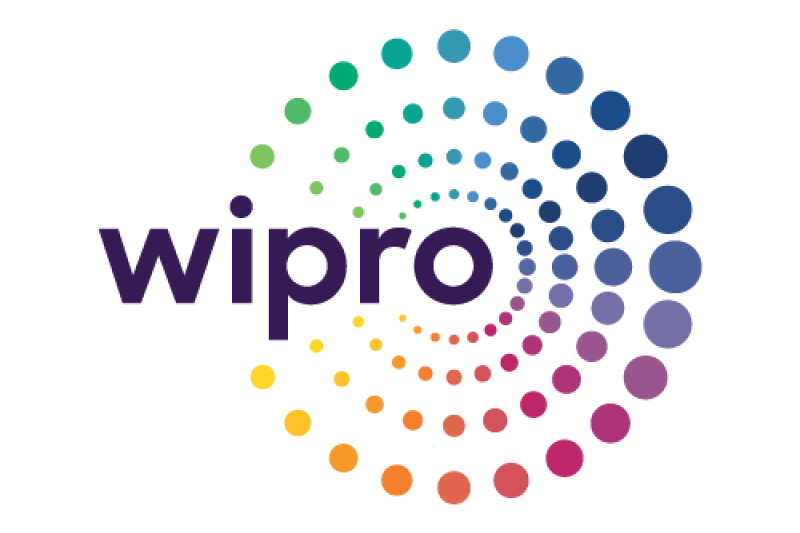
Science-Based Net-Zero Targets: ‘Less Net, more Zero’
7th Oct 2021
By Tom Dowdall, SBTi Business Ambition for 1.5C campaign manager and former Senior Campaigner with Greenpeace International.
On October 28th, the Science-Based Targets initiative (SBTi) is launching the first science-based framework for companies to set net-zero targets - the Net-Zero Standard. The Standard will clarify the key role of decarbonization in corporate net-zero strategies.
The Standard is much needed. Within the last couple of years the concept of net-zero has moved from relative obscurity to the centre stage of efforts to halt dangerous climate breakdown. In 2019, net-zero pledges covered 16% of the global economy,but now nearly 70% is committed to net-zero by 2050.
But not all net-zero pledges are created equal. The definition of net-zero itself, as well as the path to get there, is interpreted in different and often inconsistent ways. This has created a loose collection of variable targets, many focusing more on the ‘net’ part of net-zero.
This has generatedsignificant criticism of net-zeroas a concept. The SBTi shares many of the concerns about weak corporate net-zero targeting, which will not accelerate the immediate decarbonization needed to limit global temperature increases to 1.5°C. But rather than dismissing the concept of net-zero, we have been working since 2020 with an independentExpert Advisory Groupto define how companies can get net-zero right. This will enable us to harness the momentum already achieved and support companies to set robust net-zero targets in line with climate-science.
In summary, science-based corporate net-zero targets will require:
Emissions reductions in line with a global temperature increase of 1.5°C before 2050
Near-term targets and rapid action to reduce emissions over 5-10 years in line with 1.5°C
Long-term deep decarbonization of 90-95% across all scopes before 2050
A limited dependance on carbon removals to neutralize emissions that cannot yet be eliminated (5-10%)
External verification of corporate net-zero targets and annual progress reporting
In advance of the launch of the Standard on 28 October, we tackle the most common critiques of net-zero and how the Net-Zero Standard will seek to address these concerns.
Net-zero targets are mostly greenwash
There is currently no credible and external verification of corporate net-zero targets, allowing some companies toclaim net-zero targetswithout the dramatic reduction in emissions required. SBTi will provide the first external, independent verification of individual corporate net-zero targets.
Net-zero = offsets instead of reducing emissions
Science-based net-zero targets will require long-term deep decarbonization targets of 90-95% across all scopes before 2050. When a company reaches its net-zero target, only a very limited amount of residual emissions can be neutralised with high quality carbon removals, this will be no more than 5-10%.
As a part of the Standard, companies are encouraged to make additional investments in mitigation activities above and beyond their value chain to increase the likelihood the world stays within a 1.5°C carbon budget. However, these investments are not a substitute for a company’s own emission reductions and cannot count towards the 90%+ reduction.
Net-zero delays the urgent action we need before 2030
The Standard consists of near- and long-term science-based targets. Near-term science-based targets are what most companies refer to as science-based targets today. They outline what companies will do now, and over the next 5-10 years, to reduce emissions in line with science.
Long-term science-based targets indicate the degree of decarbonization companies need to reach to achieve net-zero. Companies will make emission reductions of at least 90-95% to reach net-zero.
2050 is too late
Indeed, the entire world needs to be at ‘net-zero’ by 2050. Richer countries and companies need to decarbonize faster and further. Science-based net-zero targets will require both rapid absolute emissions reductions by 2030 and deep decarbonisation from companies by 2050 at the latest.
Burn now, pay later’ strategy of fossil fuel industry
The Net-Zero Standard will require ambitious near-term emission reduction targets, at least 90-95% absolute emissions reductions by 2050 at the latest, and reducing the dependency on carbon removals for remaining residual emissions in the long term. This is the exact opposite of many self-defined and offset dominated, net-zero targets for 2050 from fossil fuel intensive companies and sectors, such as oil and gas.
Net-zero targets don’t cover all emissions
Some companies have set net-zero targets excluding emissions generated from the products they sell, or purchased through their supply chain. This will not be possible under the Standard.
The SBTi Net-Zero Standard will cover all of a company’s value chain emissions, including those produced by their own processes (scope 1), energy and power they buy in (scope 2) and those generated by suppliers and end-users (scope 3).
Net-zero pushes costs and responsibility to the global south
An overreliance on carbon offsets in net-zero targets creates multiple problems around land use, equity, fairness and climate justice. The SBTi Net-Zero Standard cannot adequately address all these issues. However, by prioritizing short-term absolute emissions reductions and defining a limited role for high quality carbon removals used only for the small percentage of residual emissions that a company absolutely cannot mitigate in the long term, the Standard will help reduce demand for low quality carbon offsets being used as a substitute for emissions reductions.
Net-zero prioritizes restoration over stopping deforestation
As outlined in thisblog, the near-term and long-term targets outlined in the Net-Zero Standard for the Forest Land and Agriculture (FLAG) sectors drive reductions in emissions from deforestation, degradation, and other agricultural emissions first and foremost. These targets also prioritize improved management practices on working lands to deliver the required carbon reductions and removals for this sector to contribute to a 1.5°C future.
Developing the Net-Zero Standard has been a highly complex process, but with net-zero targets continuing to proliferate, it’s critically important that corporate claims can be externally verified against the latest climate science. SBTi has already benefited from the input and expertise of a range of different stakeholders, from science, business, civil society and academia, and encourages everyone interested in ensuring net-zero targets align with science to contribute to the further development and refinement of the Standard.
The latest draft of the SBTi Net-Zero Standardcan be found here. The final Standard will be published and companies will be able to commit to it from 28 October 2021.
Net-Zero Standard launch events are taking place on 28 October 2021. Register for Session 1 (9-11 UK / 10-12 CEST / 18-20 Melbourne)hereor Session 2 (8-10 PT / 11-13 ET / 16-18 UK / 17-19 CEST)here.



